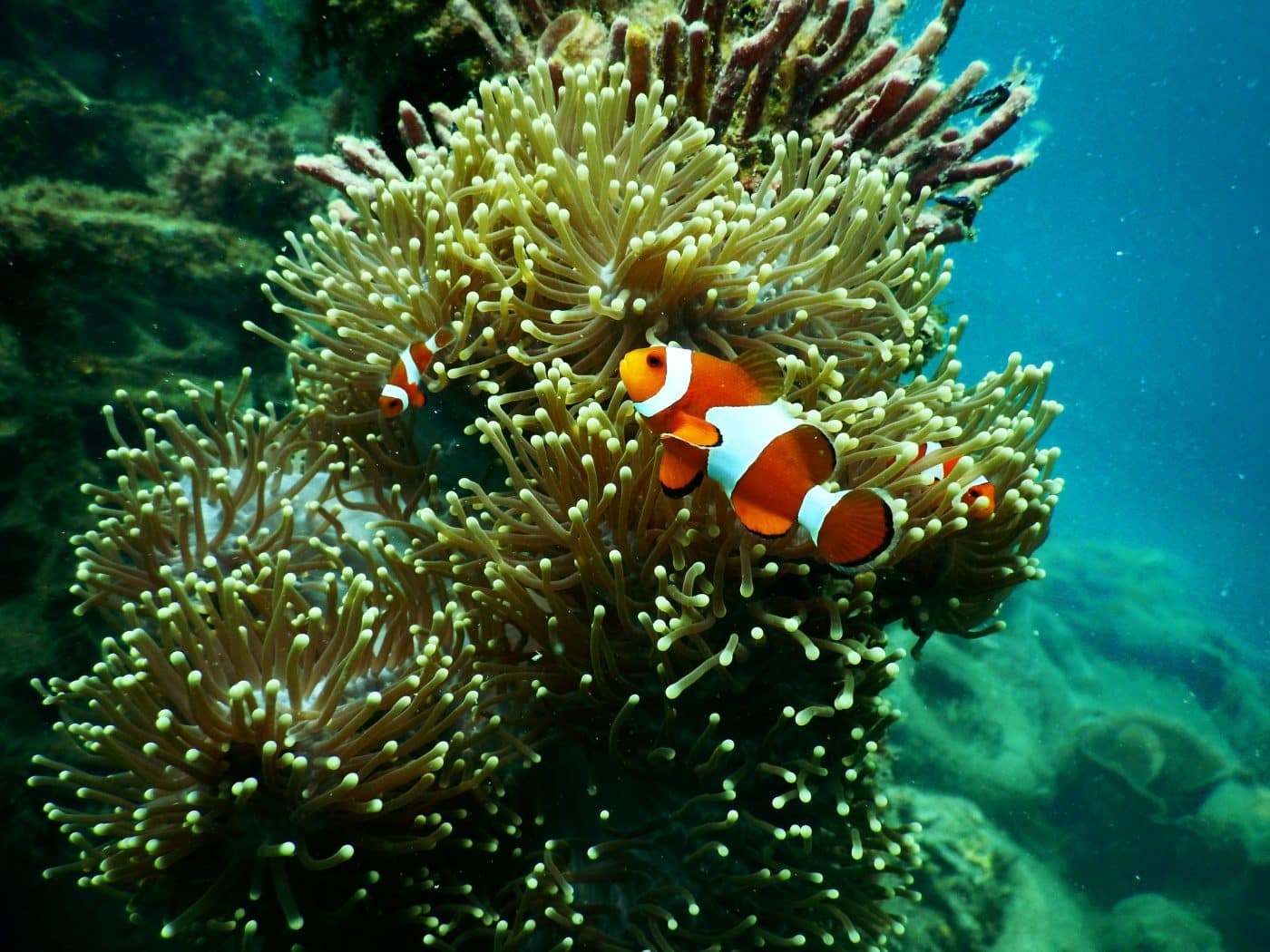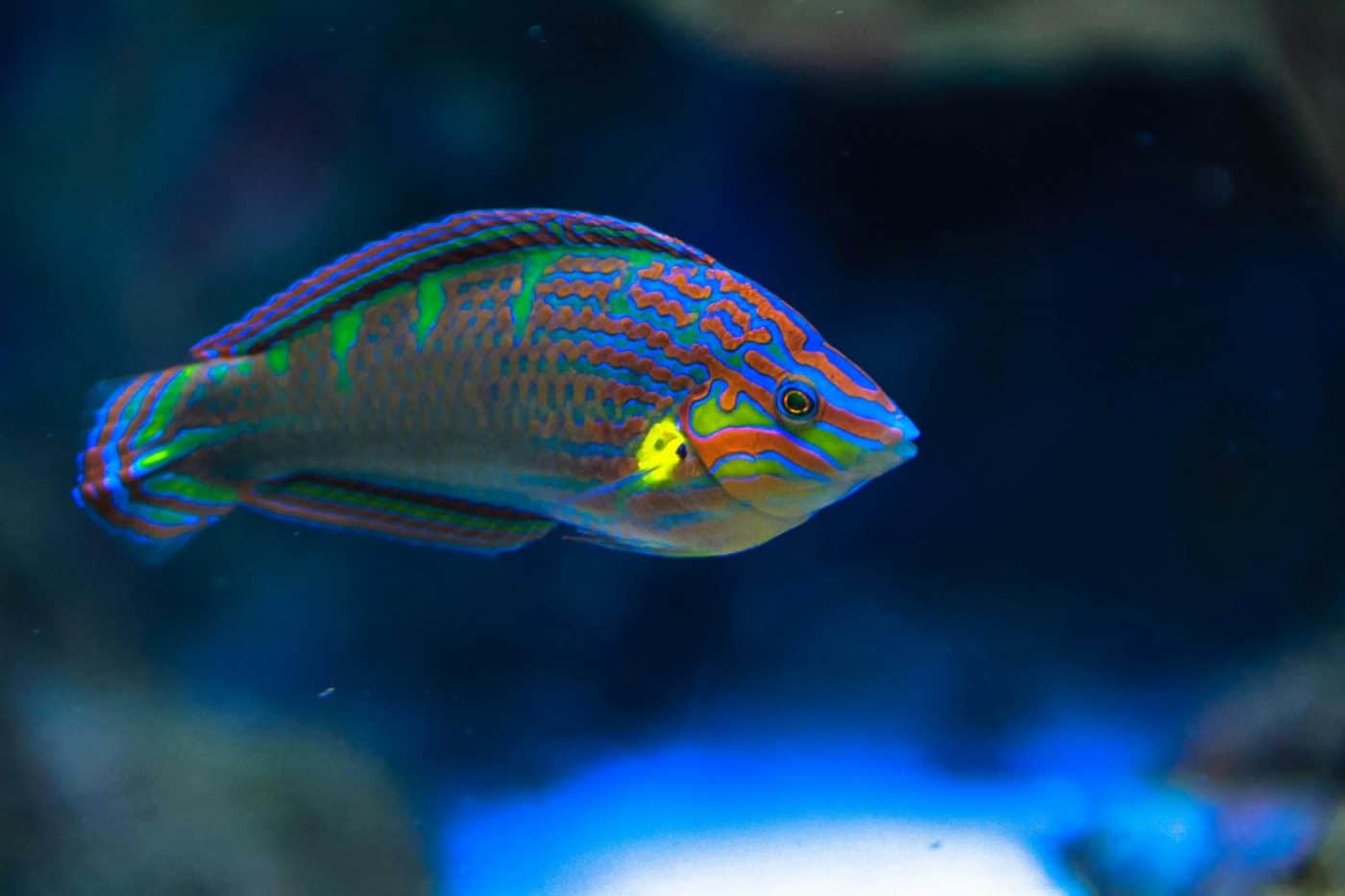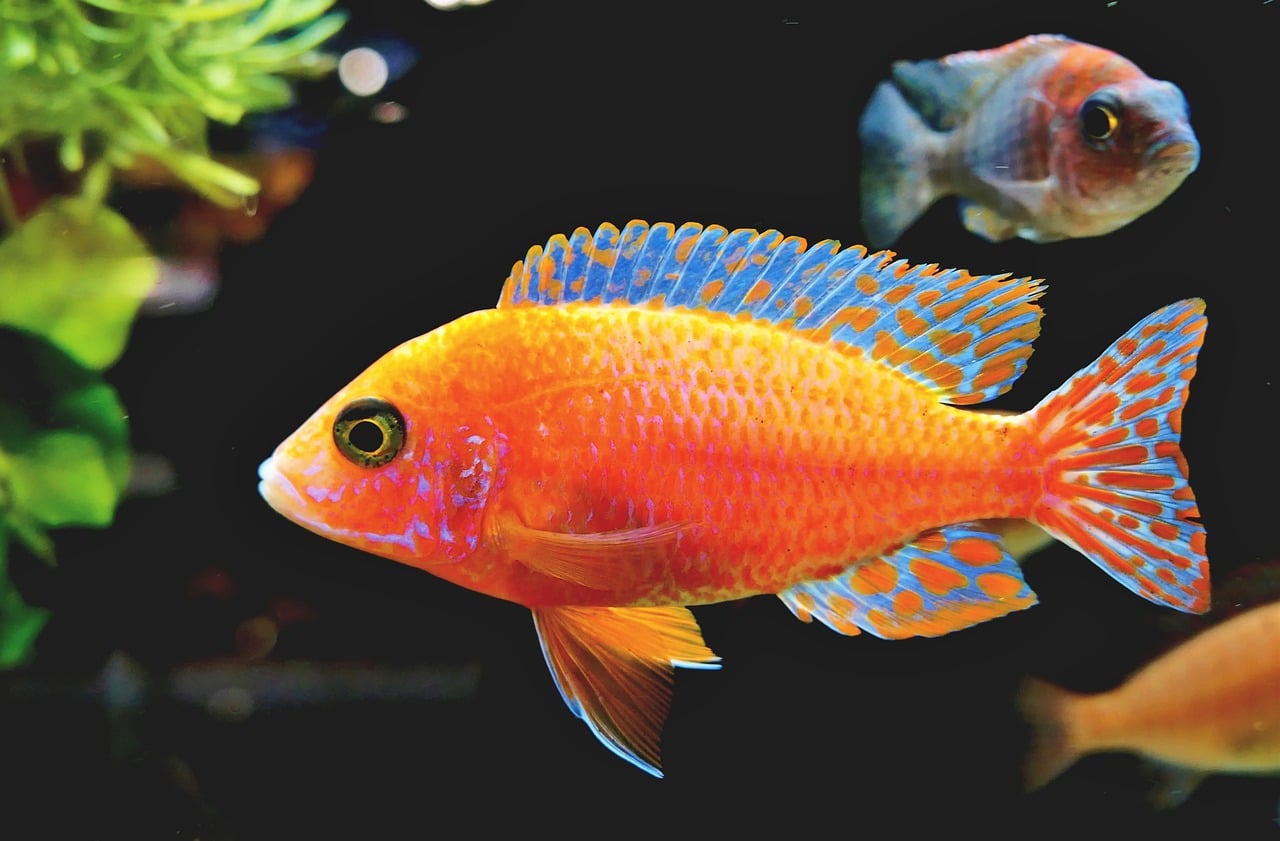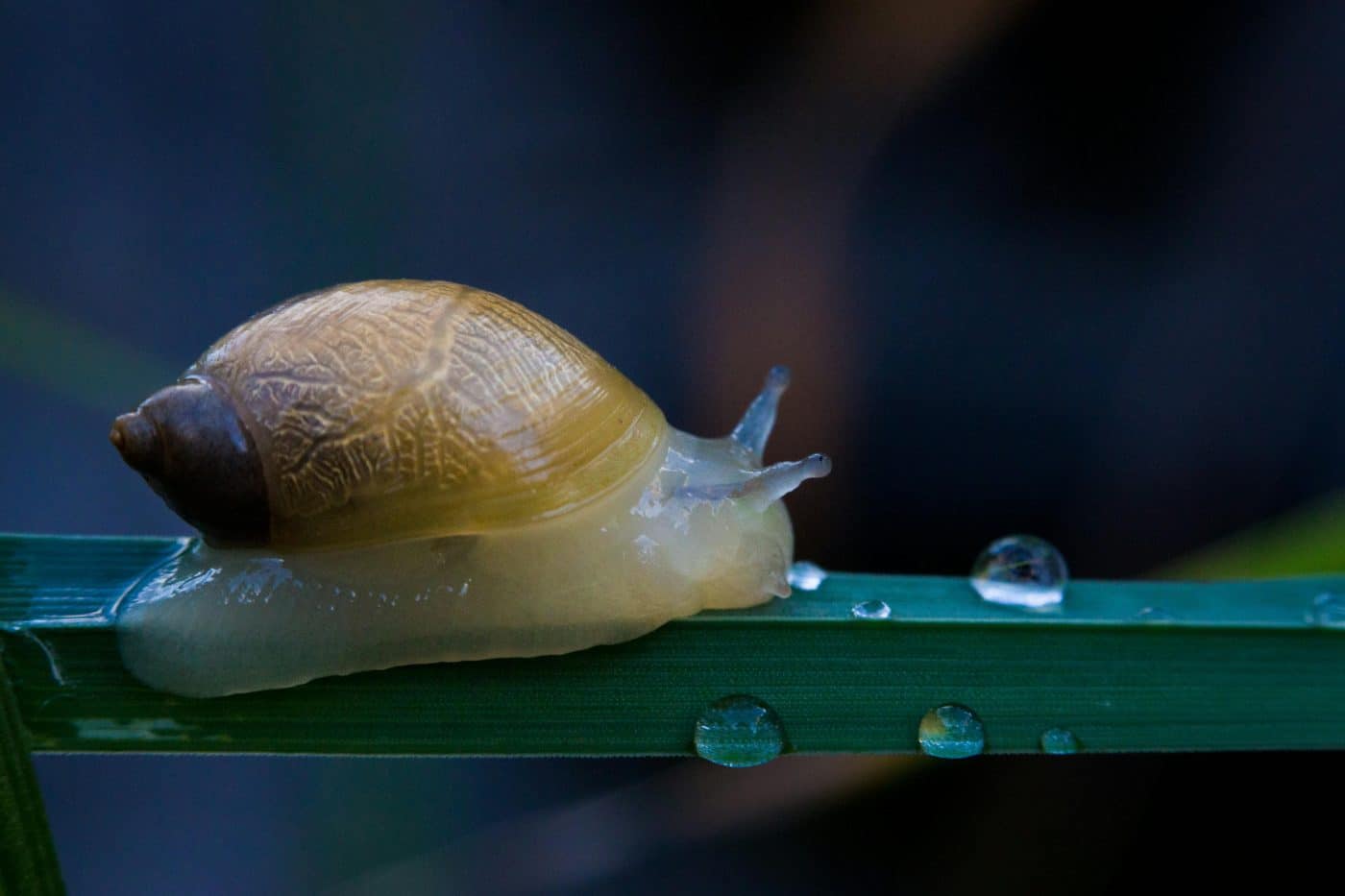 Shutterstock
Shutterstock
In the natural world, some animals challenge our conventional understanding of gender and sex. While many species follow traditional patterns, some animals blur the lines between male and female, displaying fascinating and unexpected behaviors. These creatures have evolved unique methods for reproduction and survival that often defy human expectations. These gender-bending species are not only a marvel of nature, but they also serve as reminders that biological rules are more flexible and diverse than we might think. Let’s explore some of the most surprising examples of gender fluidity in the animal kingdom.
Clownfish
 Shutterstock
Shutterstock
Clownfish are one of the most famous examples of gender-bending species in nature. These colorful fish live in groups led by a dominant female, with a male by her side. However, when the dominant female dies, the largest male of the group will undergo a sex change and become the new female. This process, known as sequential hermaphroditism, ensures that the group always has a fertile female. The newly transformed female will then pair with the next largest male, maintaining a balanced reproductive system within the group. This ability to switch sexes helps clownfish thrive in their often unstable reef environments.
Parrotfish
 Shutterstock
Shutterstock
Parrotfish are another species that exhibit gender-bending behavior. These fish are known for their vibrant colors and beak-like teeth, but they also have the ability to change sex in response to social and environmental factors. In some species of parrotfish, all individuals are born male. As they mature, some will transition into females, while others may revert back to males if the group structure demands it. This remarkable adaptability allows parrotfish to maintain a balanced and efficient breeding system. Their ability to change sexes also enables them to optimize their reproductive potential in ever-changing environments.
Seahorses
 Shutterstock
Shutterstock
Seahorses are famous for their unique reproductive roles, where males carry and give birth to offspring. In seahorses, it is the male that gets pregnant. The female seahorse transfers her eggs to the male’s brood pouch, where they fertilize and develop. The male carries the eggs for several weeks before giving birth to fully-formed baby seahorses. This role reversal challenges traditional gender norms and makes seahorses a fascinating example of how species can redefine reproductive roles. The fact that male seahorses take on the primary nurturing role is one of nature’s most intriguing gender role reversals.
Green Sea Turtle
 Shutterstock
Shutterstock
Green sea turtles are another species where sex determination can be influenced by environmental factors, particularly temperature. Unlike most animals, the sex of green sea turtle offspring is not determined genetically but by the temperature of the sand where the eggs are laid. Warmer temperatures typically produce more females, while cooler temperatures lead to more males. This temperature-dependent sex determination (TSD) makes green sea turtles a unique example of gender fluidity in nature. The changing environment can impact the balance between male and female turtles, further illustrating how flexible and dynamic nature’s rules can be.
Snails
 Shutterstock
Shutterstock
Some species of snails are known for their hermaphroditic abilities, meaning they possess both male and female reproductive organs. This allows them to mate with any other individual of the same species, maximizing their chances of reproduction. Certain snails even practice self-fertilization, where they can use their own reproductive organs to reproduce without a mate. These snails can essentially switch between male and female roles depending on the situation, making them one of the most flexible creatures in terms of gender. Their ability to be both male and female at the same time highlights nature’s adaptability in the pursuit of reproduction.
Hyenas
 Shutterstock
Shutterstock
Spotted hyenas are unique among mammals for their complex social and reproductive behaviors, and they are well-known for their matriarchal society. Female hyenas are dominant over males and are often larger and more aggressive. What’s even more surprising is that female hyenas have masculinized genitalia, resembling male organs, due to high levels of testosterone. These unusual physical characteristics can make it difficult to differentiate between males and females at first glance. Despite these gender-bending features, female hyenas play a crucial role in both the social structure and reproductive success of the group.
Anglerfish
 Shutterstock
Shutterstock
Anglerfish are an example of gender roles that are anything but traditional. In many species of anglerfish, males are much smaller than females and have a unique form of reproductive adaptation. Males cannot hunt or feed and instead rely on the female for sustenance. When a male finds a female, he attaches himself to her with his mouth and becomes a permanent appendage, merging with her body. Over time, the male’s body shrinks and fuses with the female’s, providing her with sperm for reproduction. This extreme form of sexual parasitism is one of the most dramatic examples of gender-bending in nature.
Wrasse Fish
 Shutterstock
Shutterstock
Wrasse fish are a great example of gender fluidity in the animal kingdom. Many species of wrasse are sequential hermaphrodites, meaning they can change sex during their lifetime. In some species, the largest and most dominant males will transform into females once the dominant female is removed from the group. This ensures that there is always a viable mate for reproduction, allowing the species to thrive. Their ability to change sex as needed showcases the flexibility and adaptability that nature uses to maintain balance in populations.
Portuguese Man o’ War
 Shutterstock
Shutterstock
The Portuguese man o’ war, a colonial organism made up of multiple individual polyps, presents a unique case of gender-bending biology. Each polyp has a specific role, including reproduction, but the organism is neither truly male nor female. Instead, the polyps specialize in different functions, including producing sperm or eggs, depending on the needs of the colony. This division of labor means that the Portuguese man o’ war operates as a single organism, but the individual parts of it are capable of performing male or female roles as required.
The Wild World Of Gender Benders
 Shutterstock
Shutterstock
These species are prime examples of how gender and sex can be flexible. Some animals can change their sex or adopt different roles depending on their environment or social structure. This adaptability allows them to ensure the survival of their species in ever-changing conditions. Nature’s ability to bend and redefine gender roles showcases its creativity and evolutionary ingenuity. These extraordinary abilities challenge traditional notions of gender and remind us how diverse and resourceful life can be in the natural world.
 Toledo, United States.
Toledo, United States.